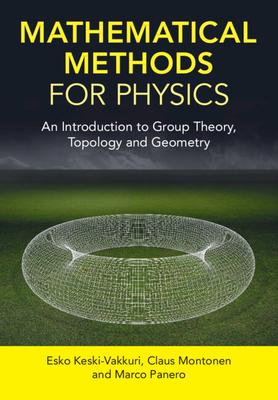Examine if the following differential forms are closed, explaining why: (i) $A in Omega^{1}left(mathbb{R}^{2} backslash{0} ight)$, defined
Question:
Examine if the following differential forms are closed, explaining why:
(i) $A \in \Omega^{1}\left(\mathbb{R}^{2} \backslash\{0\}\right)$, defined as
$$A=\frac{h c}{2 \pi e} \frac{x d y-y d x}{x^{2}+y^{2}}$$
where $h, c$, and $e$ are real numbers;
(ii) $B \in \Omega^{2}\left(\mathbb{R}^{3} \backslash\{0\}\right)$, defined as
$$B=\frac{x_{1} d x_{2} \wedge d x_{3}-x_{2} d x_{1} \wedge d x_{3}+x_{3} d x_{1} \wedge d x_{2}}{|x|^{3}}$$
(iii) $\omega \in \Omega^{3}(\mathrm{GL}(n, \mathbb{C}))$, defined as
$$\left.\omega=\operatorname{Tr}\left[\left(g^{-1} d g\right)\right)^{3}\right] \equiv \sum_{i_{1} \ldots i_{6}}\left(g_{i_{1} i_{2}}^{-1} d g_{i_{2} i_{3}} \wedge g_{i_{3} i_{4}}^{-1} d g_{i_{4} i_{5}} \wedge g_{i_{5} i_{6}}^{-1} d g_{i_{6} i_{1}}\right)$$
where $g^{-1}$ is the inverse matrix of $g$, namely $g_{i j}^{-1} \equiv\left(g^{-1}\right)_{i j}$.
Step by Step Answer:

Mathematical Methods For Physics An Introduction To Group Theory Topology And Geometry
ISBN: 9781107191136
1st Edition
Authors: Esko Keski Vakkuri, Claus Montonen, Marco Panero





